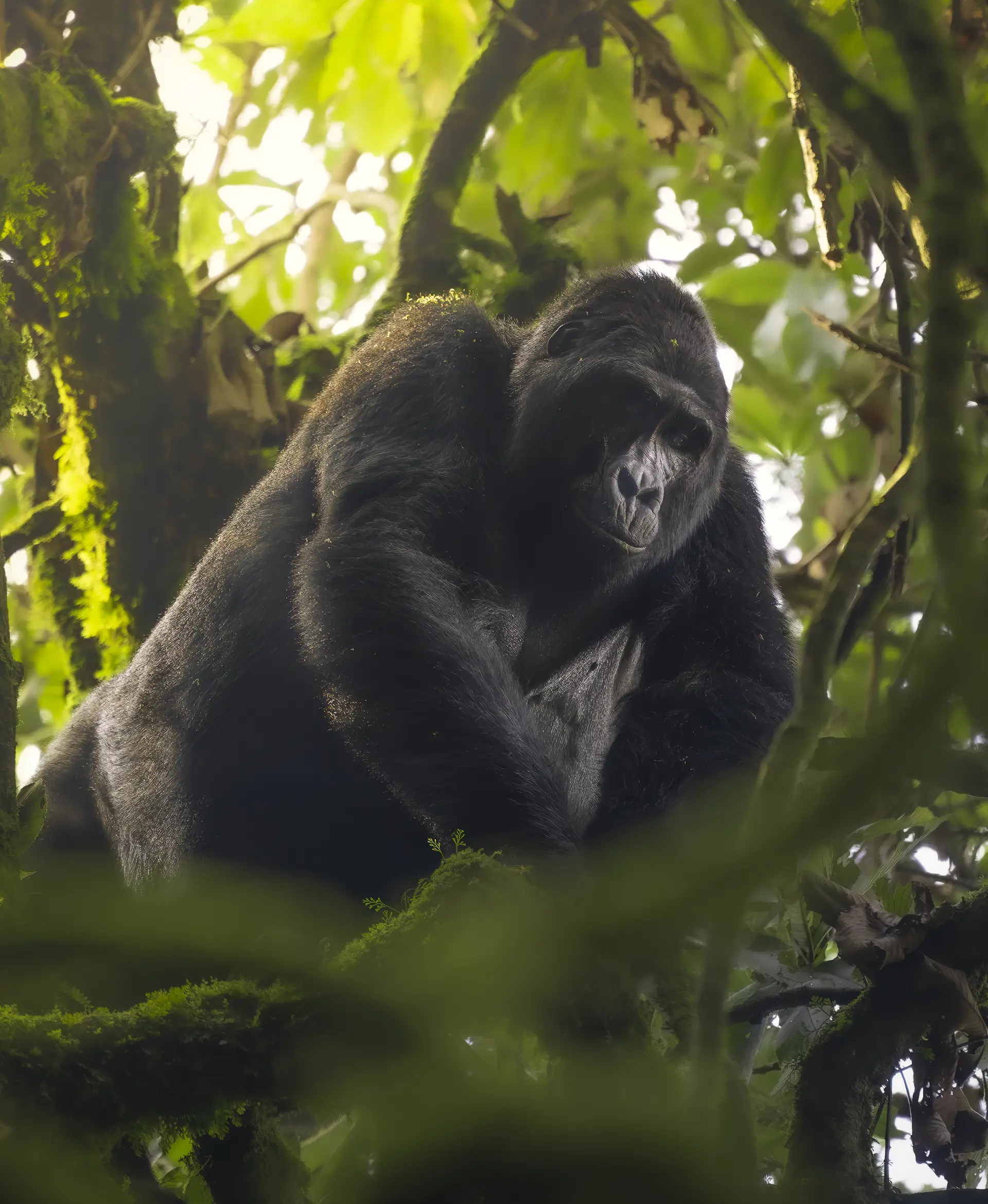Introduction to Gorilla Trekking
Gorilla trekking in Bwindi Impenetrable National Park is one of Uganda's most incredible wildlife experiences. This UNESCO World Heritage Site is home to almost half of the world's remaining mountain gorilla population, making it a crucial conservation area and an unforgettable destination for wildlife enthusiasts.
Preparing for Your Trek
Physical Fitness
While gorilla trekking doesn't require extreme fitness, you should be prepared for 2-8 hours of hiking through challenging terrain. The park is called "impenetrable" for a reason - you'll navigate steep, muddy paths with dense vegetation.
What to Pack
- Waterproof hiking boots with good ankle support
- Long-sleeved shirts and trousers (protection against stinging nettles)
- Waterproof jacket and backpack
- Gardening gloves for grasping vegetation
- Plenty of water and snacks
- Camera with extra batteries (no flash photography)
Permits and Regulations
Gorilla trekking permits must be secured well in advance through the Uganda Wildlife Authority. Each permit costs $700 for foreign non-residents and provides access to track one gorilla family for one hour once located.
Important Rules
- Maintain a 7-meter distance from the gorillas at all times
- No flash photography
- If you're sick, you will not be allowed to trek (to protect the gorillas)
- Keep your voice low while near the gorillas
- Follow your guide's instructions at all times
What to Expect on Trekking Day
Your day begins with an early morning briefing at the park headquarters. You'll be assigned to a gorilla family based on your fitness level and preferences. After meeting your guides and trackers, you'll drive to the starting point of your trek.
The trek itself can take anywhere from 30 minutes to several hours, depending on the location of the gorillas. Once you locate them, you'll have exactly one hour to observe and photograph these magnificent creatures.
Best Time to Visit
The dry seasons (June to August and December to February) are generally considered the best times for gorilla trekking, as trails are less muddy and slippery. However, trekking is possible year-round, and the rainy season offers its own advantages, including fewer tourists and lush vegetation.
Conservation Impact
Your permit fee directly contributes to gorilla conservation efforts and community development around the park. This sustainable tourism model has been crucial in increasing the mountain gorilla population from critically endangered to endangered status.




